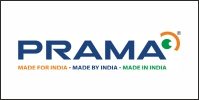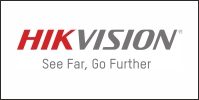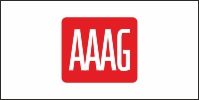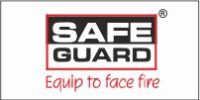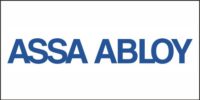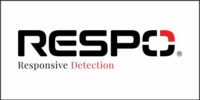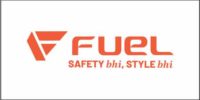 Compliance with Personal Protective Equipment (PPE) use among healthcare workers is crucial for their safety and the safety of patients. Several factors influence this compliance, ranging from organizational policies to individual behaviors and external conditions. Below is a detailed examination of these factors:
Compliance with Personal Protective Equipment (PPE) use among healthcare workers is crucial for their safety and the safety of patients. Several factors influence this compliance, ranging from organizational policies to individual behaviors and external conditions. Below is a detailed examination of these factors:
- Organizational Factors
Policies and Protocols: Clear and stringent policies regarding PPE use, coupled with regular updates and adherence monitoring, significantly boost compliance.
Training and Education: Continuous education and training programs on the importance and correct usage of PPE ensure that healthcare workers are well-informed and confident in using the equipment properly.
Availability and Accessibility: Consistent availability of PPE and easy access to it within healthcare facilities encourage its use. Stock shortages or inconvenient access points can lead to non-compliance.
Leadership and Culture: A safety-oriented organizational culture and strong leadership commitment to PPE compliance set a positive example and reinforce the importance of protective measures.
- Individual Factors
Perception of Risk: Healthcare workers’ perception of the risk associated with their duties influences PPE use. Higher perceived risk typically results in higher compliance.
Knowledge and Awareness: Personal knowledge about the benefits and correct usage of PPE correlates with higher compliance rates.
Comfort and Usability: The comfort and ease of use of PPE affect willingness to use it consistently. Discomfort or difficulty in using PPE can lead to non-compliance.
Attitude and Beliefs: Individual attitudes towards PPE, including trust in its effectiveness and personal beliefs about safety, play a critical role in compliance.
- Environmental Factors
Workload and Time Pressure: High workload and time constraints can negatively impact PPE use, as workers may prioritize immediate tasks over protective measures.
Environmental Conditions: The physical environment, such as temperature and space constraints, can affect PPE compliance. For instance, high temperatures may deter the use of certain types of PPE.
Epidemic and Pandemic Situations: Outbreaks like COVID-19 increase awareness and urgency, often leading to higher compliance with PPE protocols due to heightened perceived risk.
- Regulatory and Legal Factors
Government Regulations: Compliance with national and international safety regulations mandates the use of PPE, thereby influencing organizational policies and individual behaviors.
Accreditation and Standards: Adherence to standards set by healthcare accreditation bodies and professional organizations necessitates strict compliance with PPE usage guidelines.
- Psychosocial Factors
Peer Influence: Peer behaviors and attitudes towards PPE use can significantly impact individual compliance. Positive reinforcement and peer pressure can promote adherence.
Support Systems: Support from colleagues, supervisors, and organizational systems can enhance PPE compliance by providing encouragement and resources.
- Technological Factors
Innovations in PPE: Advances in PPE technology that improve comfort, usability, and effectiveness can lead to higher compliance rates.
Digital Monitoring Systems: The implementation of digital systems for tracking PPE usage and compliance can provide data-driven insights and enhance adherence through monitoring and feedback mechanisms.
Conclusion
Addressing the multifaceted factors influencing PPE compliance among healthcare workers requires a comprehensive approach. Organizations must focus on policy enforcement, continuous education, and making PPE easily accessible and comfortable. Simultaneously, fostering a positive safety culture and leveraging technological advancements can further bolster compliance.
































